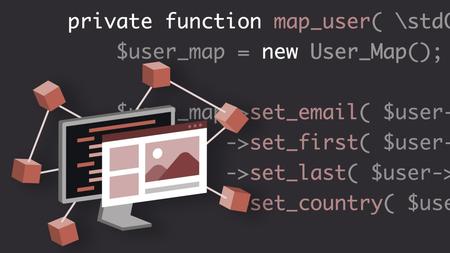
English | MP4 | AVC 1280×720 | AAC 44KHz 2ch | 3h 0m | 691 MB
Object-oriented programming is ideal in large, complex, and continually maintained projects. It lets you take a huge problem and break it down into solvable chunks. In this course, Gary Kovar covers the benefits of OOP, answers “Why OOP in WordPress?” and how to best connect with WordPress. Gary takes you through a refresher on OOP PHP syntax, takes a deep look at architecture concepts, shows you what OOP is not good for, simple wins with OOP, and team benefits. He also provides multiple real-world examples of OOP and WordPress—including building a plugin using what you’ve learned in the course. If you have some experience with OOP—and some frustration—check out this course to learn how you can use it to your benefit when creating WordPress plugins.
Table of Contents
Introduction
1 Object-oriented programming
2 What you should know
3 Exercise files
Why OOP in WordPress
4 Walk through of a traditional procedural plugin
5 Identify the limits with object-oriented programming
6 Data types
7 Autoloading
8 Namespacing
9 Using objects instead of arrays
10 More useful return values
OOP Refresher
11 Anatomy of a class
12 When a class becomes an object
13 Properties and methods
14 Access and visibility
15 Inheritance, abstract, and interfaces
16 Static and constants
17 Putting it all together
Architecture Concepts
18 Composition over Inheritance
19 Thinking SOLID
20 Single responsibility
21 Open closed
22 Liskov substitution
23 Interface segregation
24 Dependency inversion
Benefits
25 Isolated logic
26 DRY code
27 Testable code
28 Data access
29 Model business logic
30 Quickly add functionality
31 Design patterns
Real-World Example
32 Feature request Discuss scope
33 Technical scoping Identify the pieces needed to build
34 Capture the business logic Write interfaces and value objects
35 Add a solid foundation Test your implementation
36 Feature change #1 When to run the logic
37 Feature change #2 Middleware
38 Feature change #3 Add external service
39 Wrapping up a real-world example
Conclusion
40 Apply OOP to your projects
Resolve the captcha to access the links!